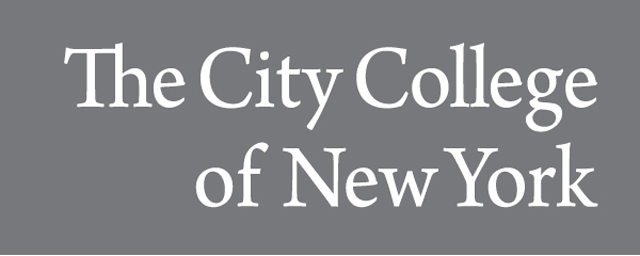
Dissertations and Theses
Date of Award
2015
Document Type
Thesis
Department
Biology
First Advisor
Mark Pezzano
Second Advisor
Jerry Guyden
Abstract
Thymus is a primary lymphoid organ responsible for proper development and selection Of T-‐cells. The thymic microenvironment, however, undergoes age related involution, Resulting in a reduction of the repertoire of T-‐cells that are produced, and a decreased Capacity to respond to new antigen. Even though significant thymic epithelial turnover occurs, it is unclear if postnatal thymic progenitors/stem cell are responsible for the maintenance of the TEC microenvironment. Here we use the K5rtTA:TetO-‐H2BGFP transgenic model to identify a slow cycling potential stem cells/progenitor population in the postnatal thymus. These cells were isolated, expanded in culture, and successfully differentiated into adipocytes, chondrocytes and osteoblasts. We identified that the culture expanded LRCs expressed the surface makers PDGFRα, PDGFRβ, SCA1, CD29, CD44, CD49f, and CD90 identical to markers Used to characterize mesenchymal stem cells. LRC were isolated and maintained As a thymic mesenchymal stem cell line (TMSC), which showed a limited Capability for forming a reaggregated thymus when combined with fetal epithelium. Dexamethasone treatment of the mouse resulted in depletion of the label as the Thymus recovered from drug induced involution, suggesting that LRC are recruited During thymic regeneration. Collectively these results demonstrate we have identified A stem cell population in the postnatal thymus that may play a role in the maintenance Of the thymic architecture.
Recommended Citation
Singh, Varan J., "Development and Maintenance of Thymic Epithelial Microenvironment" (2015). CUNY Academic Works.
https://academicworks.cuny.edu/cc_etds_theses/549

